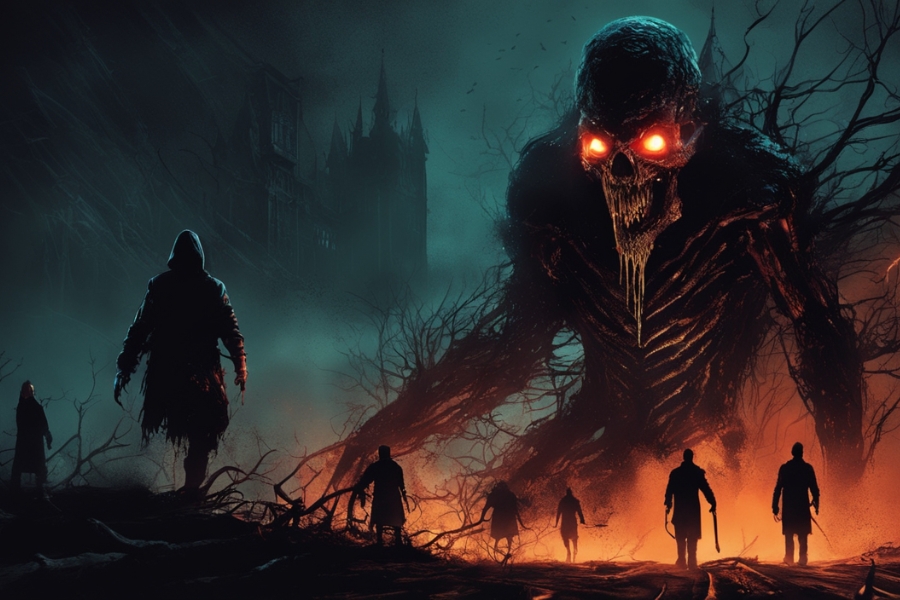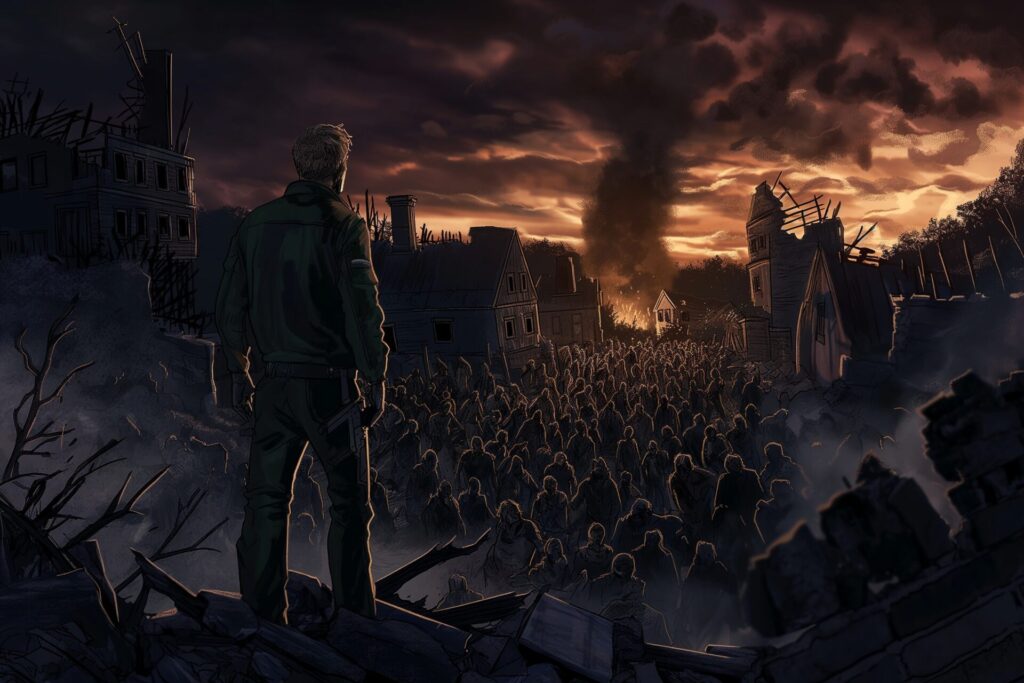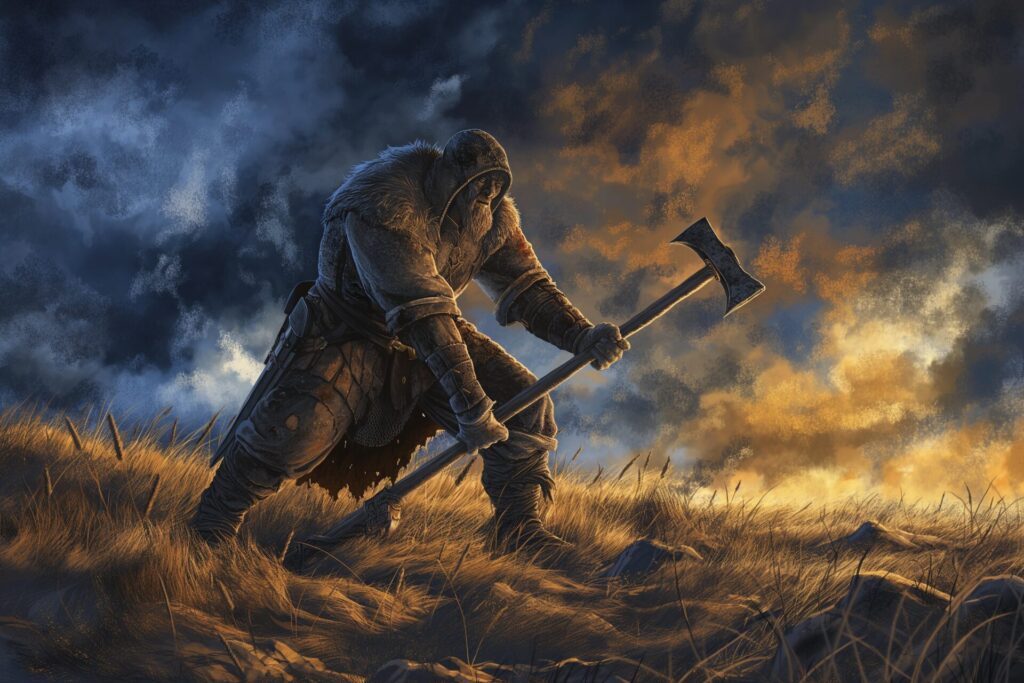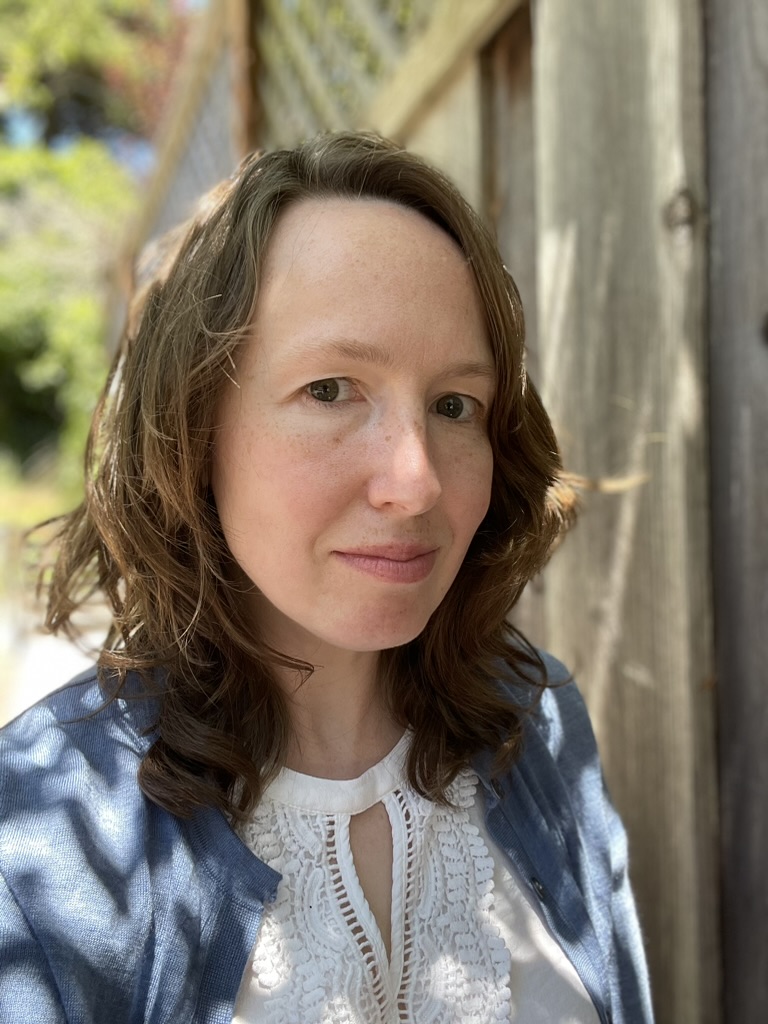5 Tips on Writing: With Megan Quinn
Before I four-wheeled it into the off-roads of games, I earned my Ph.D. in English from Princeton University where I wrote about Jane Austen, William Wordsworth, and how to teach literature through “Mad Libs.” My short humor fiction is available on McSweeney’s, The Belladonna, Little Old Lady Comedy, and elsewhere. As a Senior Narrative Designer at Crazy Maple Studio, I developed two games within the Mean Girls universe, as well as several lurid interactive romance stories.
My most recent work as a Narrative Designer at CaptureAge is very secret but, one strawberry blonde colored day, will not be. I’m currently working on an indie visual novel and beat ’em up combo called Bad Heroes where the player dates B-list heroes in the visual novel sections, then fights as them in the beat ’em ups. You can support us by expressing interest in our Kickstarter!
Hooking Your Audience

As someone who used to teach college writing, my take should come as no surprise: have a clear thesis statement. In order to hook the right audience, you should show them what kind of game they’re in within the first few minutes of gameplay. What this looks like depends on the game. For example, in the ghost story and innovative interactive dialogue game Oxenfree, we start off with a distinctly mysterious vibe and an introduction to the tumbling, unspooling naturalistic dialogue.
In Zelda: BotW, the player gets guideposts to direct them through the expansive open world, plus the final goal upfront: here is Ganon, right in the castle with the pink clouds of evil. This way, players get both the reassurance of an essentially linear narrative and the fun of a world with lots of possible choices. In both cases, players get a pitch-perfect sense of what kind of game they’re in from the jump.
Mastering Plot Development
Don’t be afraid to go off-book from your outline if it heightens the drama, the comedy, the general fun. In practice, you may only be able to apply this in the most literal sense to easy-to-change visual novels.
But it also applies to side quest pitches. So if you find a moment where inserting a car chase will punch up the action, go for it! Just make sure you connect this diversion back to both the particular plot point it just diverged from and the main conflict, narrative arc, and themes.
Effective World-Building Strategies

Let yourself go wild with ideas for the world you’re creating, then sit back and evaluate each idea as if it has strings connecting to three things: audience, plot, and your team. In game design, player empathy rules, so you always want to make sure that the details of your world don’t just excite you but will also excite the player. You’re more likely to get the player interested if your piece of worldbuilding moondust leverages the plot–sure, a witchy potion is fun, but can I use it in a quest? Does finding out about this particular bit of lore help the player character along their emotional arc? Finally, try to make the furniture of your world fun for your team. Players come first, but everything from Easter eggs to sword names is an opportunity to build team morale through shared enthusiasm.
Techniques for Character Development
Start with the character’s type. By “type,” I certainly don’t mean stereotype, nor do I mean that the character can’t develop beyond a narrow set of expectations. Instead, clearly establishing the character’s type will help you to see how audiences are going to recognize and relate to that character. If you’re working on a team, the type is also a good starting point to communicate how that character will be written or represented. (Only a starting point though–different people may have different expectations about how this particular character type should talk, so it’s important to provide several examples of the kinds of things the character says, their rhythms, point of view, types of words they might choose.) Once you’ve clearly established the character’s type with both the audience and your team, you can work out how that character is unique. Do they push against the confines of their type? Do they burst through it like the Kool-Aid man? Or are they content to just be that type?
Crafting Meaningful Decisions

It sounds obvious, but I promise this can be a problem for new narrative designers: make sure that the choices are fun. In a game, no one wants a choice to do taxes unless you are making a very specific accountant-focused game where the player gets consistently rewarded for, uh, being the best dang filer of taxes the Wild West has ever seen. Also, for players to know that a choice will be fun typically requires some build up. Make sure that the dialogue or gameplay leading up to the choice gives a clear sense of why that choice is going to be fun. Think of it as a kind of contract–players need to know what they’re getting into so that you can satisfy their expectations. Oh! And no same-y choices. There should be clear variation between the choice lines and not just different versions of the same thing.
What are your strengths in writing and narrative design?
I’m great at coming up with fun choices that leverage the momentum of the overall plot. And I follow good comedy writing rules whatever genre I’m writing within–always punch up, never down.
Which games or stories have you worked on?

I’ve worked within the Mean Girls universe, many sub-genres of romance, and the Age of Empires franchise.
Exploring Favourites
Question does not compute, too many stories, too much love. That said, if you’re not reading N.K. Jemisin, Arkady Martine, Becky Chambers, or Bonnie Jo Stufflebeam these days, what are you even doing, dude?
A Wish for Interactive Audio Stories
The game would be Dragon Spirit. The story about two friends coming of age–basically Always Be My Maybe but with an arcade game that becomes an NES game.
Register for our Free Writing Workshop now!
If you are interested in creating your own interactive audio story, you can apply for our free webinar! It will introduce you to our interactive story game engine, TWIST, and teach you how to use it to create interactive audio stories.
Interested in contributing to our blog series?
If you would also like to publish a blog post on our website and share your own story with interested readers, simply fill out the contact form.





